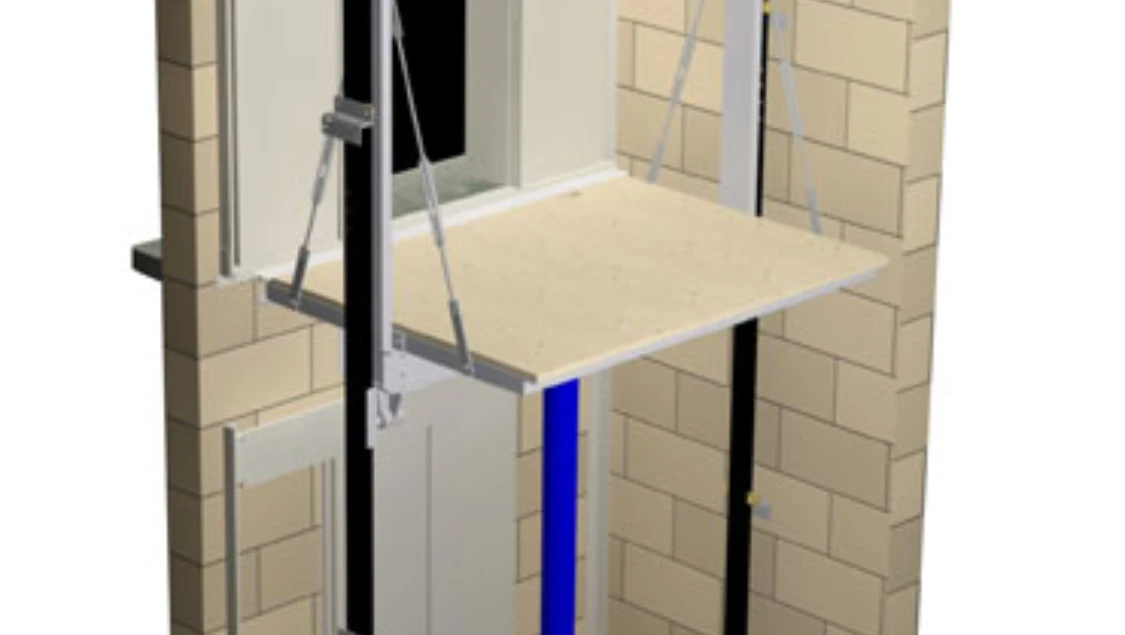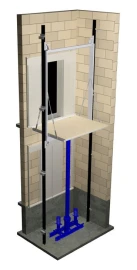
Up and Down: Weighing the Pros and Cons of Hydraulic Lifts
Hydraulic lifts are a ubiquitous sight in many industries, from construction sites to warehouses to even personal residences. But how do they stack up against other lifting solutions? Let's take a dive into the advantages and disadvantages of these versatile machines.Power to the Pump: Advantages of Hydraulic Lifts
- Cost-effectiveness: Hydraulic lifts are often cheaper to install and maintain compared to other lift types like traction-based ones. This makes them a budget-friendly choice for low-rise buildings and applications with moderate lifting needs.
- Compact Design: The lack of a machine room requirement, thanks to the self-contained hydraulic system, saves valuable space within a building. This makes them ideal for retrofitting existing structures or where space is at a premium.
- Smooth Operation: Hydraulic lifts provide a quieter and smoother ride compared to some other options, offering a more comfortable experience for users.
- Power Versatility: Their reliance on a hydraulic system allows for flexibility in power source options, including electric, gas, or even manual pumps, catering to diverse needs.
- Easy Customization: Depending on the design, hydraulic lifts can be readily customized to accommodate specific load capacities, platform sizes, and even incorporate features like ramps or extensions.
- Limited Height: Unlike traction lifts, the power limitations of hydraulic systems restrict their suitability to low- and mid-rise buildings. They generally struggle to reach beyond 6-7 stories effectively.
- Speed Demons, They Are Not: Compared to their traction counterparts, hydraulic lifts tend to be slower, especially as the lifting height increases. This can be a drawback for high-traffic applications or impatient users.
- Energy Guzzlers: The constant use of hydraulic fluid translates to higher energy consumption compared to some other lift technologies. This can be a concern for environmentally conscious users or those operating on tight budgets.
- Maintenance Matters: Regular maintenance of the hydraulic system, including fluid changes and component checks, is crucial for optimal performance and safety. This can add to the overall cost of ownership.
- Environmental Impact: Leaks from the hydraulic system can pose environmental hazards due to the oil-based fluid used. Careful maintenance and responsible disposal are essential.
Ultimately, the decision to utilize hydraulic lifts hinges on your specific needs and priorities. If budget, space, and smooth operation are key factors, and your height requirements are modest, then hydraulic lifts offer a compelling solution. However, for tall buildings, high-speed applications, or environmentally conscious projects, alternative lifting technologies might be a better fit.


